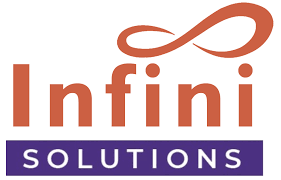Java Developer Program
Learn with instructors from MAANG+, And take your career to the top product companies.
50+ Hiring Partners
20+ Instructors
110% Highest Salary Hike
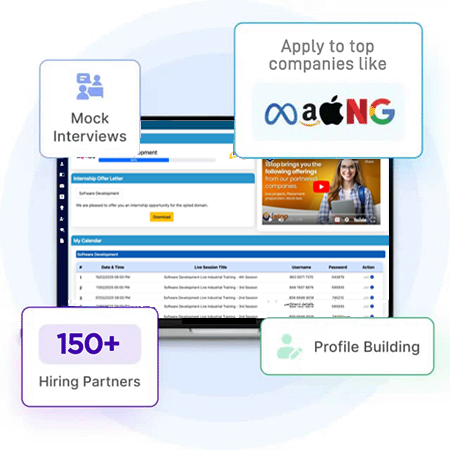
24*7 Learner Support
20k Learners
10 Countries Represnted
Highlights
60+ Hours of Self-Paced
7+ Capstone Projects
450+ Guided Hands-On
20+ Hands-On Assignments & Mock Interviews
15+ Mock Interviews
Technologies you will master
Java Full-Stack Developers
Top 2
Tech Role
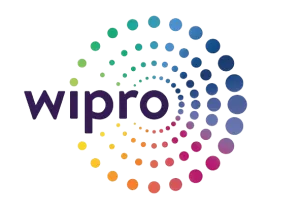
Top 3
In Demand Tech Jobs
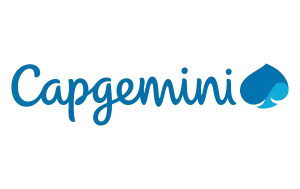
11 Lakh INR
Average Annual Salary of a Full-Stack Java Developer
55%
Web Developer Salary Growth, Annual (2020-2025)
13%
Web Developer Job Growth, Annual (2020-2030)
11 Lakh INR
Average Annual Salary of a Full-Stack Java Developer
55%
Web Developer Salary Growth, Annual (2020-2025)
13%
Web Developer Job Growth, Annual (2020-2030)
Full-Stack Developers are in demand in several industries:
Finance
Healthcare
Aerospace
Logistics
Entertainment
Retail
Today, the technologies required to develop software applications are vastly different from what they were ten years ago. Companies do not have the resources to hire a developer separately to work on each layer of an application anymore. Enter Full-Stack Java Developers – a highly sought-after bunch in the world of technology because they can work on all application layers across all development stages. According to a LinkedIn report, Java Engineer roles have seen a 35% growth rate every year since 2015, which isn’t surprising. Full-Stack Developers have the knowledge and skill to work on both the client-side and server-side of an application and create an impactful end-product successfully. Our Java Full-Stack Developer course will help you break away from the binary of ‘front-end’ and ‘back-end’ and master the complete technology stack using Java. With numerous assignments, exercises, and projects to choose from, you will gain the skills to build and deploy apps yourself. At the end of this Full-Stack Java Developer course, you will have built a portfolio worthy of top technology companies!
Get ready to transition into a Full-Stack role
- Intoduction & History of Java
- Java is a powerful, object-oriented programming language designed for cross-platform compatibility, enabling applications to run on any device with a Java Virtual Machine (JVM).
- Renowned for its security and scalability, Java is widely used in web development, mobile apps (Android), enterprise software, and large-scale systems.
- Java was developed by Sun Microsystems in the early 1990s, led by James Gosling, with the aim of creating a platform-independent programming language.
- Released in 1995, Java quickly gained popularity for its "write once, run anywhere" capability, becoming a standard for web and enterprise applications.
- Types of Java
- Java Standard Edition (Java SE)
- Java Enterprise Edition (Java EE)
- Java Micro Edition (Java ME)
- Java Embedded
- Terminologies of Java
- JDK - Java Development Kit
- JRE - Java Runtime Environment
- JVM - Java Virtual Machine
- Categories of Software
- System Software: OS, Drivers, Interpreters, Assemblers and Compilers
- Application Software: Word, Notepad
- Java Technologies Based on Platform
- Desktop/Laptop/others PC - J2SE
- Mobile/Android/IoT - J2ME
- Web - J2EE
- Tools
- Java Netbeans
- Eclipse
- Online gdb - www.onlinegdb.com
- Basic Syntax
- Class Declaration: All Java programs are organized into classes, with each class containing methods and variables, and the main method serving as the program’s entry point.
- Method Structure: Methods in Java define actions and follow the syntax returnType methodName(parameters), with the main method (public static void main(String[] args)) required in every Java application.
- Statements and Semicolon: Each statement ends with a semicolon (;), and Java is case-sensitive, distinguishing between uppercase and lowercase characters.
- Curly Braces for Blocks: Curly braces {} enclose code blocks, such as those in methods, classes, and control structures, helping to define the scope and structure of the code.
- Object Oriented Programming (OOPs)
- Data Driven rather than operation driven
- Functions of OOPs
- Characteristics of OOPs
- Inheritance
- Polymorphism
- Containership
- Reusability
- Exception Handling
- Overview: Exception are the errors occur during runtime
- Types: Memory Out of Bound, Inaccessible File
- Division by Zero, Stack Overflow
- Arithmatic Overflow, Unable to Connect Server
- Exception on Arrays
- File Handling
- Overview: Java provides a robust set of classes and methods for file handling, allowing developers to read from and write to files efficiently using the java.io and java.nio.file packages.
- Input and Output Streams: File handling in Java utilizes input and output streams, such as FileInputStream and FileOutputStream, for reading and writing binary data, while BufferedReader and PrintWriter are used for character data.
- File Class: The File class represents a file or directory path and provides methods for file manipulation, such as creating, deleting, and checking file properties (e.g., existence and size).
- Packages
- Overview: In Java, packages are used to group related classes and interfaces, providing a namespace to avoid name conflicts and organize code logically.
- Built-in Packages: Java includes several built-in packages, such as java.lang (automatically imported), java.util (utility classes like collections), and java.io (input and output operations), which provide essential functionalities.
- Creating Custom Packages: Developers can create their own packages using the package keyword, allowing for better organization of project files and enhancing code reusability.
- Importing Packages: The import statement is used to access classes from other packages, enabling the use of external functionalities without the need to fully qualify class names.
- Java Vitural Machine (JVM)
- Overview: The Java Virtual Machine (JVM) is an abstract computing machine that enables Java applications to run on any device or operating system by providing a platform-independent execution environment.
- Bytecode Execution: The JVM interprets or compiles Java bytecode, generated from Java source code, into machine code specific to the host operating system, allowing for portability across different platforms.
- Memory Management: The JVM handles memory allocation and garbage collection, automatically reclaiming memory that is no longer in use, which helps manage system resources efficiently.
- JVM Components: Key components of the JVM include the class loader (for loading classes), execution engine (for executing bytecode), and garbage collector (for memory management), working together to ensure smooth program execution.
- Build Tools
- Overview: Piece of Code/Program used for automating the process of executing couple of applicatons
- Responisibilites of Build tools: Compiles Source Code into Byte Code
- Dependency Management - Download & Maintain 3rd Party Plugins
- Automated Test - Executes & Reports Bugs
- Deployment Package - WAR/JAR - Server
- Tools: Gradle
- Apache Maven
- Ant Design
- Apache Maven
- Overview: It is a Java build tool widely available open-source, which was developed in 2004 as an extension to Apache Ant.
- It is a Project Object Model which is based on Extensible Markup Language (XML)
- Aspects Performed in Maven: Build, Documentation Management, Reporting
- Dependency, SCMs, Distribution
- Steps Involved in performing Aspects in Mavem: Source, Resources
- Tests, Byte Code, Java Archive (JAR)
- Features: Easy Setup
- Easy Dependency Management
- Large Libraries and Community Support
- Model Based Builds
- Highly Compactible
- Easy Reporting
- Gradle
- Overview: Gradle is a flexible, open-source build automation tool which was developed in 2000 to overcome the drawback of Ant.
- It is a Project Object Model which is based on Groovy
- Features: It is available via Domain Specific Language (DSL), based on groovy language
- It provides a declarative language
- It supports Java, Groovy, Open Service Gateway Initiative (OSGi)
- API Support
- Structuring
- Multi Project Support
- Migration Ease
- It uses groovy to build API
- Logging
- Overview: Logging in Java allows applications to record runtime information, errors, and events, helping with debugging, monitoring, and maintaining code.
- Frameworks: Common Java logging frameworks include java.util.logging (built-in), Log4j, and SLF4J, each providing tools for log formatting, filtering, and output.
- Log Levels: Logging uses levels (e.g., INFO, DEBUG, WARN, ERROR) to categorize messages, allowing developers to filter logs based on the importance of events.
- Output Options: Logs can be directed to various outputs such as console, files, or remote servers, making it easier to track application behavior in different environments.
- Log4j 2
- Overview: Log4j 2 is an enhanced logging framework in Java that provides powerful, flexible logging capabilities, succeeding the original Log4j with improved performance and reliability.
- Asynchronous Logging: Log4j 2 supports asynchronous logging, reducing performance impact by handling logging operations in a separate thread, which is ideal for high-throughput applications.
- Configuration Options: It offers multiple configuration formats (XML, JSON, YAML, and properties), allowing easy customization of logging behavior and outputs.
- Plugin-Based Architecture: Log4j 2’s plugin system enables customization with additional components for filtering, formatting, and appending logs to various destinations, such as files, databases, or remote servers.
- React
- Introduction to React JS
- Setup and Folder structure of React JS
- Rendering and JSX
- Components
- Class Components
- States vs Props
- Events
- Conditional and Control statements
- React Lists
- React Router Dom
- React Hooks - UseState
- React Hooks - UseEffect
- Creating react components with Tailwind CSS
- Vue
- Introduction, Syntax and How to Use
- Directive
- v-bind
- v-if
- v-show
- v-for
- Vue Events
- v-on
- Methods
- Event Modifiers
- Forms
- v-models
- css binding
- computed properties
- $emit()
- Routing
- Form Inputes
- Http requests
- Git
- Introduction to Version Control
- Basics of Git
- Setup Git Bash
- Setup a Gmail Email for Git
- Github Setup and Repository Management
- Setup a Gitlab Account
- Working with Java on Cloud AWS
- Introduction to AWS Preface
- Overview of AWS
- AWS Products, Pricing, Documentation and MISC
- AWS EC2 Overview, Setup and Configuration
- AWS EC2 Setup, SG, Storage and Connection
- AWS EC2 Dashboard, EC2 Storage Update, Instance Update, Load Balancer and Autoscaling group
- AWS EC2 Windows Server Setup, Configuration Storage and Instance Type Upgrade and Downgrade
- AWS EC2 LAMP and WIMP Setup
- AWS EC2 Linux Tomcat MySQL Java (LTMJ) Setup
- Create a Webapp and Configure it to run with LTMJ
- AWS EC2 Windows Tomcat MySQL Java (WTMJ) Setup and hosting a web app
- AWS Elastic Beanstalk
- AWS IAM, Security and Compliance Overview
- AWS S3, AWS CLI, Hosting Static Website via AWS S3 and Maintenance using AWS CLI
- AWS RDS Overview Setup Configuration and Usage
- Working with Java Apps with AWS RDS
- AWS Elastic Beanstack Webapp deployment
- Setup MongoDB Community on AWS
- Introduction to AWS SDK for JAVA
- Java Spring working with AWS S3
- AWS Lambda
- AWS SES Overview
- AWS SES Email notifications using java
- AWS SNS Overview
- MySQL - Java JDBC
- JDBC First Program
- JDBC Introduction
- JDBC SQL Basics
- JDBC Execute Statements
- JDBC Practical Programs CRUD
- JDBC Swing Application CRUD
- PostgreSQL
- Installation and Setup
- pgADMIN 4
- PgSQL Database Commands CRUD
- PgSQL Database Advanced Commands
- Joins
- Unions
- Groups
- MongoDB
- Intorudction to Mongodb
- Setting up MongDB Cluster
- NoSQL Syntax and CRUD
- Indexes
- Documents
- Mongsh
- MongoDB Driver for Java
- Working with MongoDB in Java
- Docker
- Overview
- Setup and Installation
- Hub, Images and Containers
- Dockerfile, Building Files
- Web Servers, Commands
- Data Storage, Volumes, Networking
- Security, Toolbox, Cloud
- Docker NodeJS
- Docker MongoDB
- Docker MySQL
- Docker Ubuntu
- Docker Java
- Kubernetes
- Overview, Architecture and Setup
- Images, Jobs and Labels
- Namespace, Node and Service
- API, Kubectl
- Create an App and Deploying
- Autoscaling
- Dashboad Setup
- Monitoring
- JSON
- Introduction, Syntax and How to Use
- Synatax
- JSON vs XML
- Datatypes
- Objects
- Schema
- Working with JSON on Java
- XML
- Introduction, Syntax and How to Use
- Elements
- Attributes
- Namespaces
- Display
- HttpRequest
- Parser
- DOM
- XPath
- Validator
- DTD
- Schema
- Server
A dynamic website developed using ReactJS, managed through Spring MVC with MongoDB integration, featuring API development and testing with Postman, and hosted on AWS Cloud using Kubernetes for scalable deployment.
This project involves building a dynamic, responsive website using ReactJS for the frontend, with Spring MVC managing the backend operations and MongoDB for data storage.
The system architecture enables seamless interaction between the front and back end, providing a rich user experience with fast and efficient data handling.
APIs developed and tested using Postman facilitate secure communication across components, ensuring smooth data flow and consistency
The application is hosted on AWS Cloud, leveraging Kubernetes for container orchestration to support scalable deployment and ensure high availability.
This setup provides a robust, cloud-native solution that can efficiently handle varying levels of traffic and simplifies the management of resources, making the application resilient and easy to maintain.
Billing Software with Java, Spring
This project focuses on the development of a comprehensive Billing Software application using Java and the Spring framework.
The software aims to streamline billing operations, providing features such as automated invoice generation, customer management, and payment tracking.
Leveraging Spring's modular architecture, the application offers a high level of scalability, flexibility, and security, making it suitable for small to medium-sized businesses.
The system is designed to support various billing models and customization options to cater to diverse business needs, from subscription-based billing to one-time purchases.
Additionally, the software incorporates efficient data handling and reporting tools, enabling users to generate real-time financial insights and maintain accurate records.
Resume
- Highlight Java Skills & Frameworks: List your proficiency in core Java, as well as popular Java frameworks like Spring, Hibernate, and Struts. Also, mention any experience with Java-based testing frameworks like JUnit.
- Emphasize Relevant Experience: Detail your experience with Java projects, emphasizing roles where you worked with backend services, databases (like SQL or NoSQL), and RESTful APIs. Use metrics to demonstrate impact (e.g., "Optimized API response time by 30%").
- Showcase Your Problem-Solving Abilities: Java roles often require strong analytical skills, so include specific examples where you identified and solved challenging issues in code or improved performance.
- Include Software Development Tools: Mention proficiency with tools commonly used in Java environments, such as Maven, Git, Jenkins, or Docker. This shows familiarity with DevOps processes and continuous integration practices valuable to Java developers.
- Optimize Your Headline & Summary: Use a headline that highlights your Java expertise (e.g., “Java Backend Developer | Spring & Hibernate Expert”). In the summary, include your experience with Java, specific frameworks, and projects. Focus on achievements, technologies, and contributions relevant to Java.
- List Key Skills & Endorsements: Add Java-related skills like Java, Spring, Hibernate, REST APIs, and Microservices. These will help LinkedIn’s algorithms match your profile with relevant job listings and make you more searchable to recruiters.
- Showcase Projects & Certifications: Under “Experience” or a separate “Projects” section, list major Java projects with descriptions of your role and technologies used. If you have certifications in Java or related technologies (e.g., Oracle Certified Java Programmer), highlight these under “Licenses & Certifications.”
- Engage in Java Communities: Follow relevant groups, companies, and influencers in the Java community. Sharing insights, posting articles, or commenting on Java-related content shows active engagement and positions you as a committed Java developer.
Naukri
- Create a Strong Profile Headline: Use a concise headline that includes your job title, Java expertise, and years of experience (e.g., "Java Developer with 5+ Years Experience | Spring, Hibernate, Microservices").
- Detail Relevant Skills and Technologies: List essential Java-related skills, including Java, Spring, Hibernate, RESTful APIs, Microservices, and tools like Maven or Jenkins. This ensures your profile appears in searches for specific Java competencies.
- Write a Targeted Professional Summary: Include a brief overview of your Java experience, highlighting specific roles, core responsibilities, and any major achievements. Tailor it to reflect the skills and experiences commonly sought in Java developer roles.
- Add Certifications and Key Projects: Under “Certifications,” list any Java-related qualifications, like Oracle Certified Java Programmer. In the "Projects" section, describe significant Java projects, focusing on technologies used, challenges solved, and the impact of your work.
Get Certified, Get Ahead! Your success starts here!

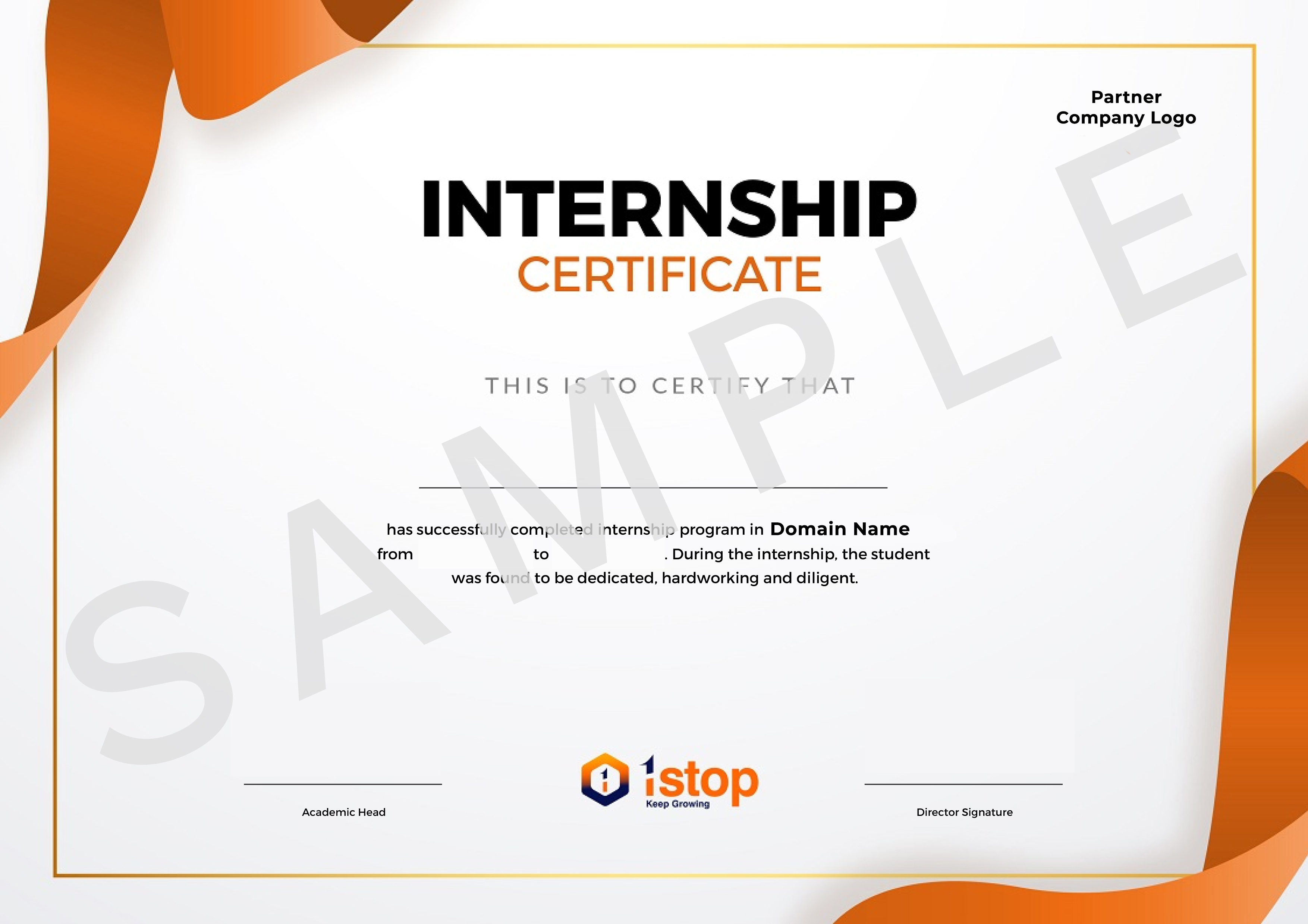
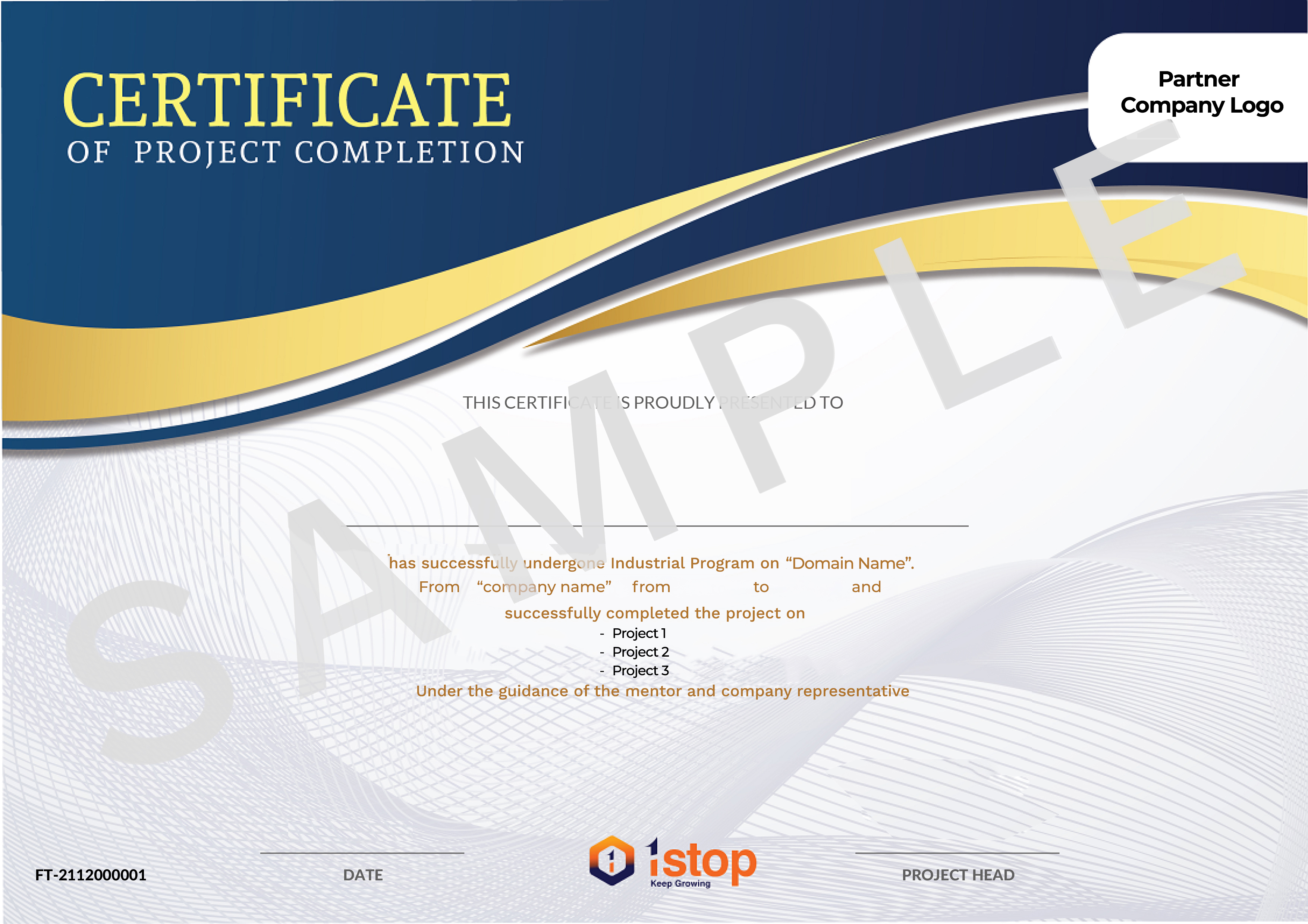

Meet your mentors!
Our expert instructors guide you through the fundamentals in an engaging and supportive learning environment.


Sankal Tomar
Sr. Data and Applied Scientist
Senior Data Scientist | Senior System Engineer at Infosys

Gaurav Kumar Verma
AI Consultant @Google
Software Architect | Data Scientist | Associate Engineer

Rajendra Mehta
Head of Analytics
Head of Analytics | Chief Data Scientist at LTIMindtree

Sathya Prakash Soma
Senior Technical Trainer
Senior Technical Trainer | Senior Java Consultant

Sahil Handoo
AI Engineer @Google
AI Engineer | Data Engineer at Yara International

Suddhasatwa Bhaumik
Strategic Cloud Engineer
Google Cloud Consulting | Senior Manager Data Products at VOIS

Swati Thakur
Cloud Consultant @Google
Cloud Consultant|Senior Data Analyst

Aishwarya K
Cyber Security:Manager Program Delivery
Cyber Security Mentor | Analyst | Cyber Security Trainer

Akash Nagineni
Software Developer
Frontend Trainer|Building Dynamic Web App

Megha Singh
Senior Web Developer
Head of Technical | 10+ Highly Scaled Applications Developed

Sudhakar G
Principal Architect
Technical Lead | Sr. Delivery Manager

Jacob Dennis P
Senior Software Engineer
Web Technologies | Database Technologies | Frameworks | Architecture and Server Management, AWS, Google.
Collaborating with 50+ top-tier universities and educational institutions













Tution Fee and Mode of Training

Instructor led Program
23k+
Job Openings
196.6 Billion
Global Market Size
12 Lakh+
Average Annual Salary
Now, pay only 60% of the total amount
INR 39999/- INR
65,000
The remaining INR 25,000 can be paid after you secure a job.
Prerequisites for the Java Full Stack Bootcamp
- > There are no prerequisites to attend this Bootcamp, as it is beginner friendly.
- > The right aptitude, logical thinking, and drive for curiosity are all you need. Leave the rest to us!
If you haven’t heard, 1Stop is making major headlines!










